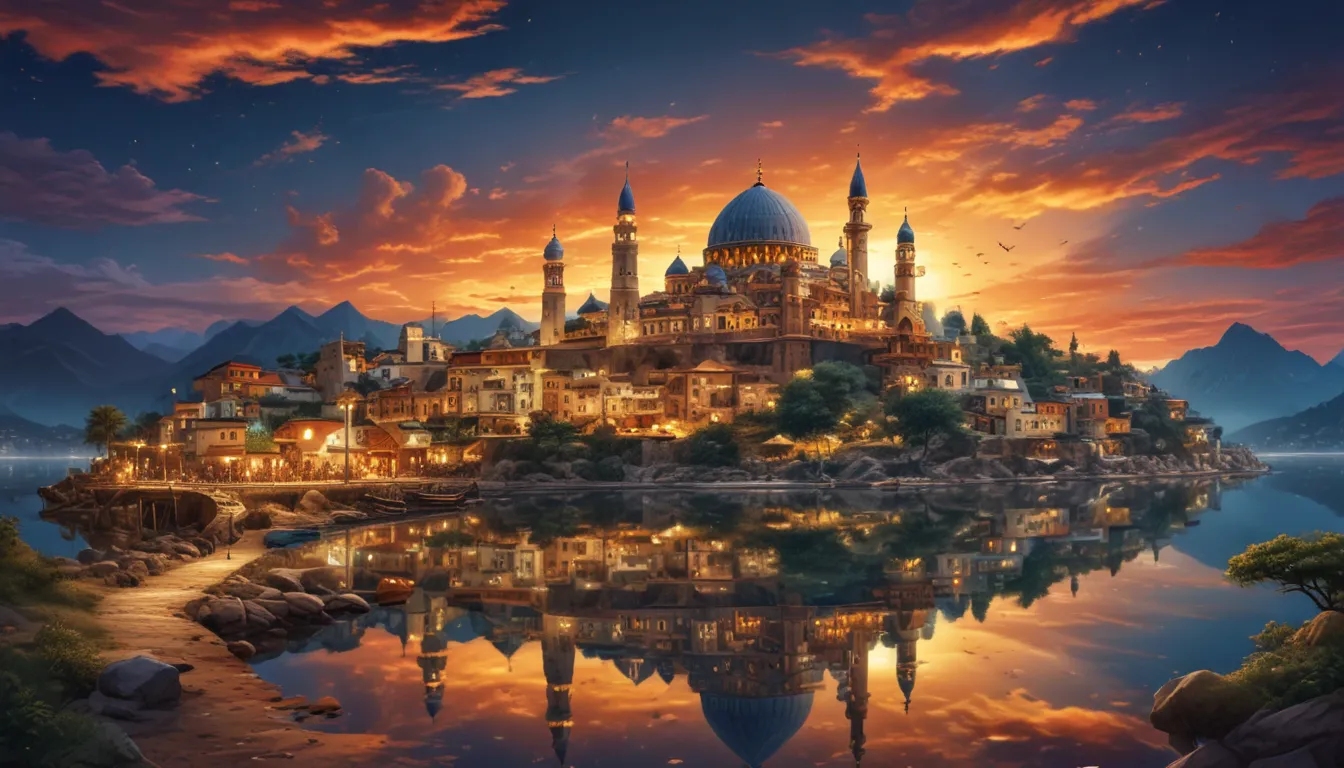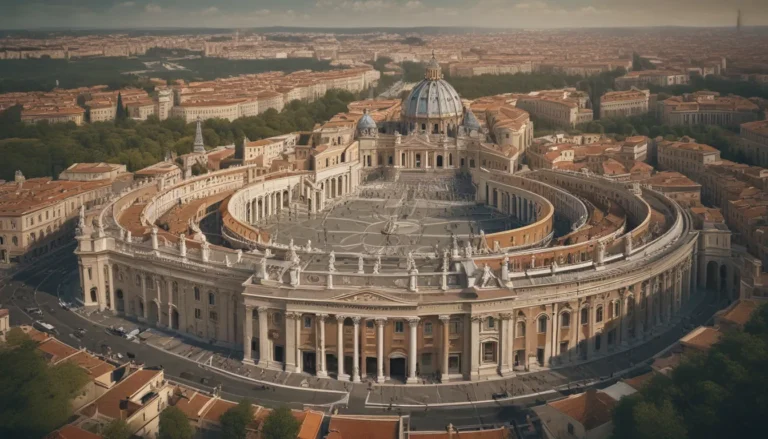The images in our articles may not match the content exactly. They are used to grab your attention, not to show the exact details in the text. The images complement the text but do not replace it.
Religious tourism has long been a cherished practice, blending the pursuit of spiritual enlightenment with a desire to discover new cultures and destinations. It goes beyond mere sightseeing to offer a profound understanding of the world’s diverse faiths and their cultural heritages. From the majestic Vatican City to the ancient streets of Jerusalem and the serene temples of Kyoto, each destination provides a unique peek into the spiritual and architectural wonders that have shaped civilizations. This form of tourism attracts a wide range of individuals, from devout pilgrims seeking enlightenment to curious travelers craving a connection to something greater than themselves. By visiting these sacred spaces, tourists not only enrich their spiritual lives but also play a crucial role in supporting local economies, making religious tourism an essential aspect of global travel.
What is Religious Tourism?
Religious tourism, also known as faith tourism, encompasses journeys to sacred places, participation in religious festivals, and pilgrimages as part of one’s spiritual practices. Beyond spiritual encounters, it allows travelers to explore the rich cultural and historical significance associated with these religious sites.
- Dating back to ancient times, religious tourism is among the oldest forms of travel, with pilgrimages to sites like Jerusalem, Mecca, and Varanasi being early examples.
Popular Destinations for Religious Tourism
-
Vatican City: Home to the Pope and the spiritual hub for Catholics worldwide, Vatican City welcomes millions of visitors annually, making it a premier destination for religious travelers.
-
Mecca: The most sacred place in Islam, Mecca holds immense significance for Muslims, who are required to visit at least once in their lifetime if able.
-
Jerusalem: A city revered by Christians, Jews, and Muslims alike, Jerusalem is home to landmarks like the Western Wall, the Church of the Holy Sepulchre, and the Dome of the Rock.
The Impact of Religious Tourism
-
Religious tourism plays a pivotal role in boosting local economies by generating income through accommodations, dining, and souvenir purchases.
-
However, it poses challenges such as environmental degradation and overcrowding at sacred sites, which can impact their preservation and visitors’ experiences.
Unique Forms of Religious Tourism
-
Pilgrimages: Significant in religious tourism, pilgrimages like the Camino de Santiago in Spain and the Kumbh Mela in India attract thousands of devotees on spiritual quests.
-
Spiritual Retreats: These offer tourists a sanctuary for reflection and communion with their faith in serene and secluded settings.
The Role of Festivals in Religious Tourism
-
Religious Festivals: Celebrations like Diwali in India, Eid al-Fitr in Muslim nations, and Christmas markets in Europe draw tourists eager to partake in the cultural aspects of these events.
-
Kumbh Mela: This massive Hindu gathering in India, held once every twelve years, is renowned as the world’s largest religious congregation, with millions of devotees participating.
Challenges Facing Religious Tourism
-
Preservation vs. Tourism: Authorities managing religious tourism destinations face the ongoing challenge of balancing tourists’ needs with preserving sacred sites.
-
Safety and Security: Ensuring the safety of tourists, particularly in politically unstable regions or crowded venues, is paramount.
The Future of Religious Tourism
-
Virtual Reality: The rise of virtual pilgrimages and online experiences offers alternatives for those unable to physically travel to sacred sites.
-
Sustainable Practices: Efforts are underway to develop sustainable religious tourism practices to minimize environmental impacts and preserve the cultural integrity of sacred sites.
-
Experiential Travel: The shift towards experiential travel is reshaping religious tourism, with tourists seeking more personal and meaningful connections with the faiths and cultures they encounter.
Religious Tourism and Interfaith Understanding
-
Religious tourism serves as a catalyst for interfaith understanding and tolerance by exposing tourists to the beliefs, customs, and practices of different religions.
-
Witnessing or participating in religious ceremonies and festivals can illuminate shared human experiences and values across diverse faiths.
The Economic Benefits of Religious Tourism
-
A significant source of foreign exchange earnings for many regions, religious tourism supports employment in the tourism sector and enhances infrastructure development.
-
Investments in infrastructure to accommodate religious tourists can also benefit local communities by improving transportation, healthcare, and other public services.
Religious tourism offers a multifaceted experience of faith, culture, and history, providing enriching experiences for millions globally. Whether through pilgrimages, festivals, or spiritual retreats, it plays a vital role in fostering cultural understanding and driving economic growth.
A Final Look at Spiritual Journeys
Embarking on a religious tourism journey isn’t just about exploring sacred sites—it’s a profound dive into the heart of diverse cultures, beliefs, and traditions that have shaped humanity. Each destination, from the tranquil temples of Kyoto to the ancient streets of Jerusalem, offers a unique insight into societies’ souls. These journeys transcend mere travel; they offer an opportunity for personal introspection, a quest for enlightenment, and a chance to connect with something greater than oneself. Pack your bags with an open heart and a curious mind, prepared to delve into the rich tapestry of religious tourism.
Was this page helpful?
At the core of our mission is a dedication to delivering accurate, engaging, and authentic content. Each fact on our platform is contributed by real users like you, creating a mosaic of diverse insights and information. Our team of editors rigorously reviews each submission to ensure the highest standards of quality, credibility, and reliability. Explore and learn with confidence, trusting in our commitment to providing you with fascinating and dependable content.






